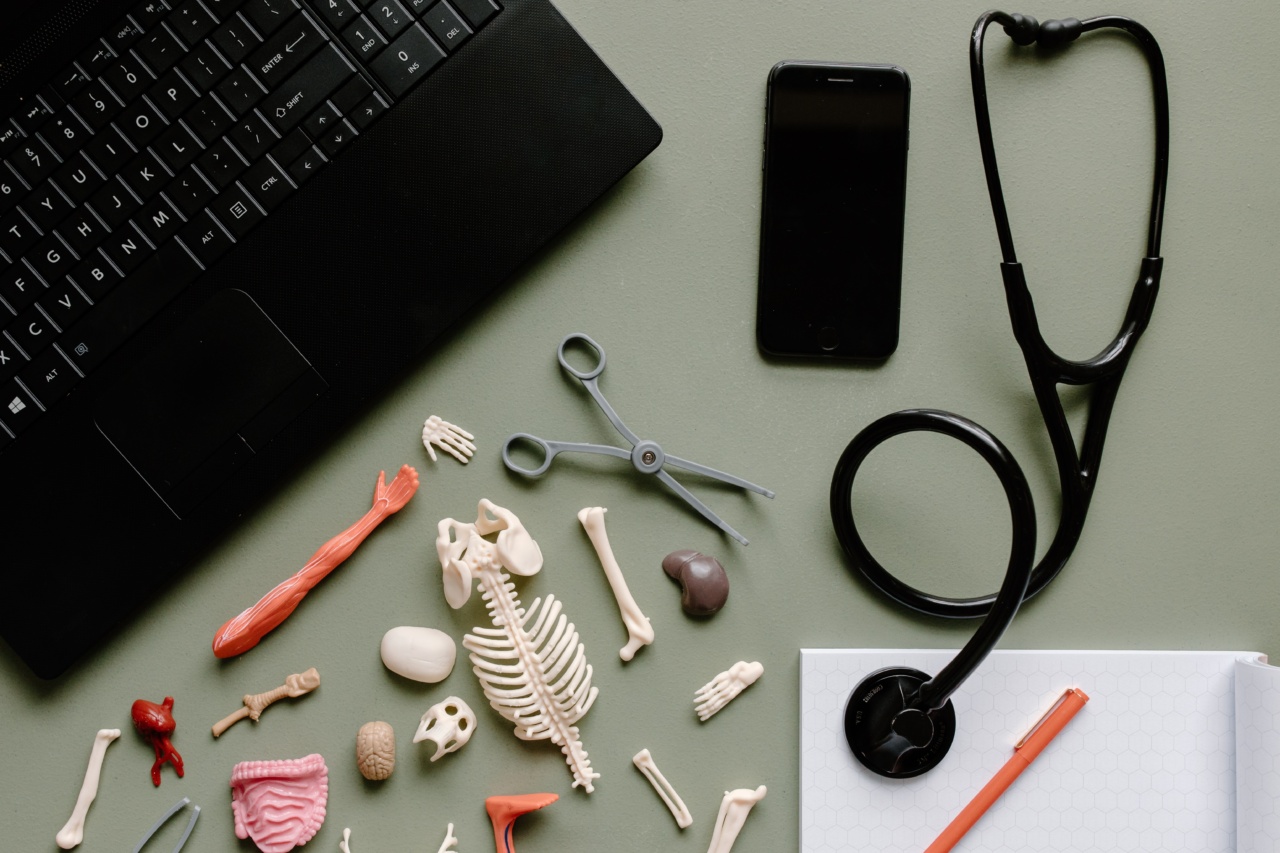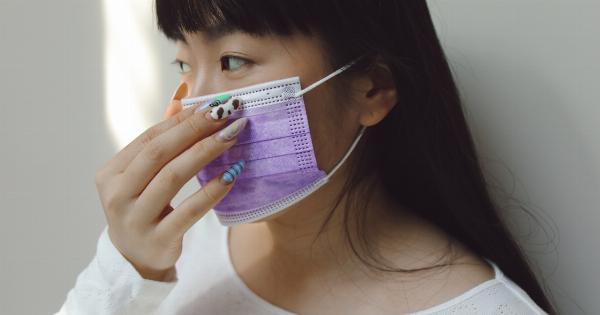Strabismus, commonly known as ‘crossed-eyes,’ is a condition that affects approximately 5% of children in the USA, according to the American Optometric Association.
It is an ocular disease that causes one or both eyes to point in the wrong direction, not focusing on the same object in space simultaneously. This divergence diminishes visual acuity, depth perception and can be potentially harmful, particularly when left untreated.
Strabismus is a treatable condition but diagnosing it in children can be challenging, resulting from the lack of proper communication abilities.
Nevertheless, early identification of this condition can ensure the least invasive treatment and better outcomes. This article explores the diagnosis and treatment of childhood strabismus.
Types of Strabismus
Strabismus has different types, depending on the eye or eyes involved:.
Esotropia
This is a type of strabismus that leads the eyes turning inwards towards the nose. It is common among infants and young children.
Exotropia
This occurs when one or both of the eyes turn away from the nose. Exotropia is common among toddlers and extends up to teenage years.
Hypertropia
Hypertropia is a type of strabismus where one eye is deviated upwards, leading one eye to look up while the other remains straight forward. It is less common than exotropia and esotropia.
Symptoms of Strabismus
The major symptom of childhood strabismus is eyes that are not aligned. However, other signs can indicate that a child is experiencing this condition:.
- Squinting or closing one eye in bright light
- Tilting the head to one side
- Amblyopia or lazy eye
- Diplopia or double vision
- Impaired depth perception and poor coordination
- Headaches, fatigue, and eye strain
Diagnosis of Strabismus in Children
A general eye exam can diagnose childhood strabismus, although the condition is more challenging to identify in infants. Doctors make use of several tests to check for strabismus. They include:.
Visual Acuity Assessment
Doctors measure the child’s visual acuity using the Snellen chart. The chart consists of letters, with the letters getting smaller from top to bottom. Children are asked to identify the letters on the chart as the doctor stands several feet away.
Cover Test
The cover test measures how the child’s eyes work together. The doctor covers one eye and watches how the other one moves. The test is then repeated using the opposite eye.
Observing the movement of the eyes helps in detecting the presence of strabismus.
Refraction Test
The test is used to determine if a child has either farsightedness or myopia. Accommodation, which is the eye’s capability to focus on an object correctly, is an essential factor that contributes to the development of childhood strabismus.
Refractive errors may strain the child’s eye muscles, leading to strabismus.
Eye Movement Test
The child is asked to track moving targets like a toy or lights while the doctor watches the eye’s movement. The test is intended to check the coordination and alignment of the child’s eye.
Dilated Eye Exam
The doctor uses eye drops that dilate the child’s pupil while also relaxing their eye muscles. This tests for abnormalities in the retina or optic nerve.
Strabismus Treatment Options
Treatment for strabismus aims to address aligning the eyes and improving the child’s vision. Below are common treatment options for strabismus:.
Glasses
Glasses are used to correct refractive errors in the affected eyes mainly hyperopia and myopia. Hyperopic glasses help the child see things more clearly, which can help reduce strain on the eye muscles.
Myopic children may have trouble seeing things that are far away. Corrective glasses are among the first solutions opted for during treatment.
Patching Therapy
This treatment involves covering the child’s good eye with a patch, forcing the weaker eye to work harder. It is used when one eye is weak or has developed amblyopia.
Patching therapy contacts with corrective glasses to help restore a child’s binocular vision and prevent further strain on the eye muscles.
Vision Therapy
Vision therapy involves training the child’s eye muscles and brain to work together. This therapy involves eye exercises, games, and visual activities that improve the child’s visual skills.
Surgery
In cases where other forms of treatment have failed, the eye doctor may suggest surgery. The goal of the surgery is to align the child’s eye muscles correctly.
After the surgery, the child still requires corrective lenses or patches to enhance vision development.
Conclusion
Strabismus is a common ocular disease among children that requires early identification and treatment. Diagnosis involves various eye exams like the visual acuity assessment, eye movement test, and the cover test.
Treatment of strabismus can involve a combination of approaches such as glasses, patching therapy, vision therapy, and in some instances, surgery. For optimal results and less long-term complications, children with suspected strabismus should have an evaluation by an eye doctor promptly.



























